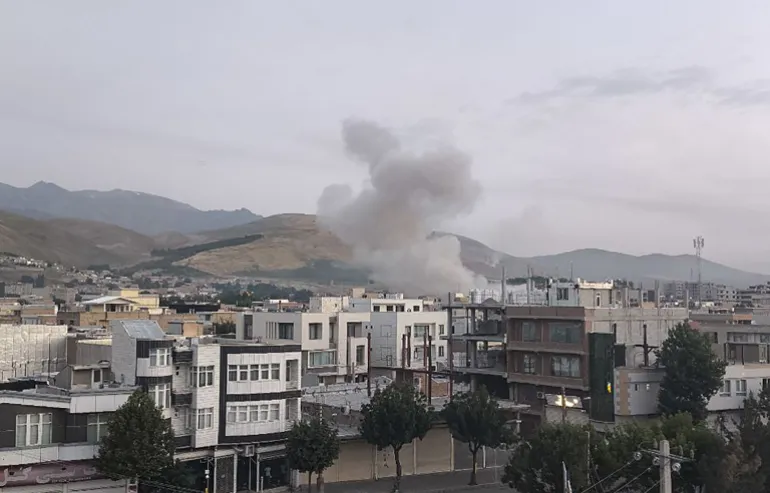- Courses
- GS Full Course 1 Year
- GS Full Course 2 Year
- GS Full Course 3 Year
- GS Full Course Till Selection
- Answer Alpha: Mains 2025 Mentorship
- MEP (Mains Enrichment Programme) Data, Facts
- Essay Target – 150+ Marks
- Online Program
- GS Recorded Course
- Polity
- Geography
- Economy
- Ancient, Medieval and Art & Culture AMAC
- Modern India, Post Independence & World History
- Environment
- Governance
- Science & Technology
- International Relations and Internal Security
- Disaster Management
- Ethics
- Current Affairs
- Indian Society and Social Issue
- NCERT- Science and Technology
- NCERT - Geography
- NCERT - Ancient History
- NCERT- World History
- CSAT
- 5 LAYERED ARJUNA Mentorship
- Public Administration Optional
- ABOUT US
- OUR TOPPERS
- TEST SERIES
- FREE STUDY MATERIAL
- VIDEOS
- CONTACT US
WOMAN ROBOT ASTRONAUT 'VYOMMITRA' WILL FLY INTO SPACE
WOMAN ROBOT ASTRONAUT 'VYOMMITRA' WILL FLY INTO SPACE
08-02-2024
Isro’s woman robot astronaut ‘Vyommitra’ will fly into space ahead of its ambitious “Gaganyaan" manned mission, and the humanoid mission launch is scheduled for this year.
- According to ministry, the final manned mission, in which 3 astronauts will go to space for 7days to experience space effects and perform zero gravity experiments, is scheduled to be launched next year, in 2025.
About Vyommitra
- Vyommitra, designed and developed by the Indian Space Research Organization (ISRO) at a robotics laboratory in the Vikram Sarabhai Space Centre.
- Vyommitra is a humanoid robot with a female appearance, developed to function onboard the Gaganyaan, ISRO's crewed orbital spacecraft. It's termed a half-humanoid because it includes a head, two hands, and a torso, lacking lower limbs.
- The name Vyommitra combines two Sanskrit words: "vyoma" (space) and "mitra" (friend), signifying a space friend.
Purpose of Developing a Humanoid
- Milestone Goal: ISRO’s aims to send a human into space for the 1st time, necessitating the development of a crew module and rocket systems for safe travel and return.
- Testing Methodology: Using Vyommitra, ISRO intends to test the GSLV Mk III rocket's capability to transport humans to space and back safely, a method previously approached by other countries through animal testing.
Tasks of Vyommitra in Space
- Functionality and Role: Vyommitra will test the crew module's systems essential for the survival and safe travel of astronauts. Drawing a parallel with TARS robot from the film "Interstellar," Vyommitra will serve as a basic artificial intelligence and robotics system, capable of:
- Using spacecraft equipment, like safety mechanisms and switches.
- Receiving and acting on commands from ground stations.
- Managing launch and orbital postures.
- Responding to environmental changes and generating warnings.
- Replacing carbon dioxide canisters and operating switches.
- Monitoring the crew module, receiving voice commands, and responding in speech (bilingual).
- Reporting: Vyommitra will relay back to Earth the crew module's conditions during spaceflight, such as heat radiation levels, aiding ISRO in ensuring the required safety standards for future manned missions.
Conclusion
Vyommitra represents a significant step forward in ISRO's quest for human space exploration. By simulating human presence in space, Vyommitra will help ISRO in validating the technology and systems necessary for safely carrying astronauts into space and back, paving the way for India's first manned space mission.



